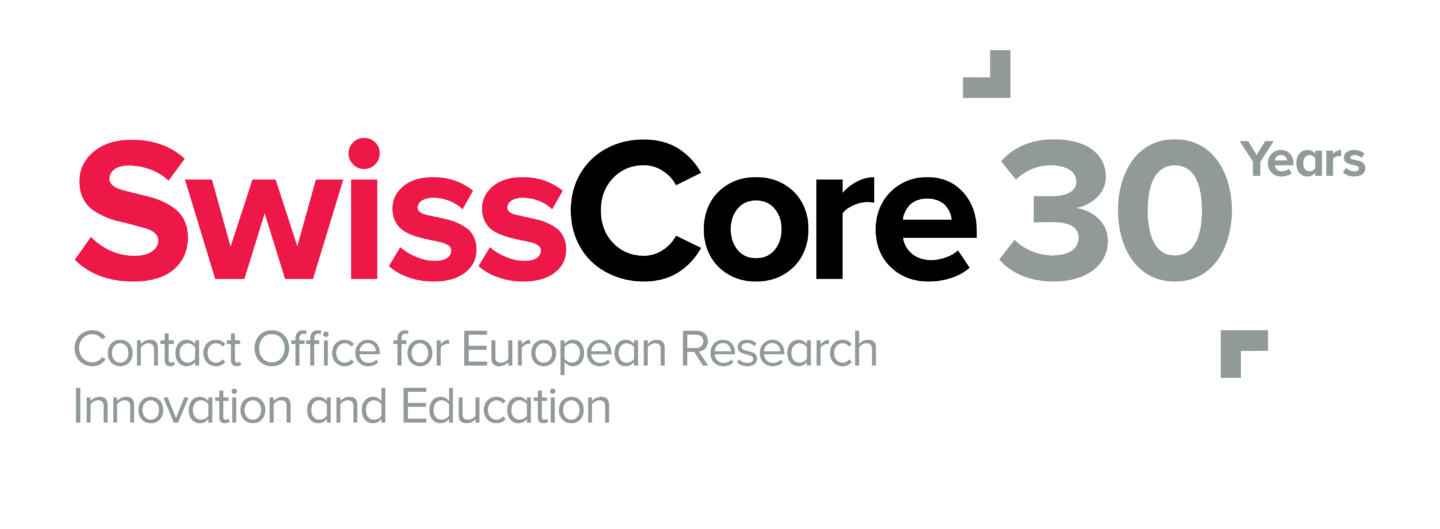Europe’s new strategy on research and technology infrastructures: a stronger and more connected European Research Area.
Just one day before the Research and Innovation Days in Brussels, the European Commission published its European strategy on research and technology infrastructures. The strategy aims to reinforce the European ecosystem of research and technology infrastructures, making it more integrated, accessible, and responsive to the evolving needs of a wide range of users, including scientists, researchers, innovators and industry.
This development is closely aligned with ongoing policy efforts under the European Research Area (ERA), including the second ERA Policy Agenda, the ERA structural policy on research infrastructures, and the proposal for the 10th Framework Programme for Research and Innovation (FP10). It also complements key recommendations from the Horizon Europe interim evaluation and the Draghi report on European competitiveness, both of which highlight the importance of research infrastructures to facilitate free circulation of research, innovation and knowledge under the fifth freedom.
The strategy is of relevance as policies and funding for technology infrastructures across the EU remain fragmented, lacking a unified investment strategy, contrasting with the coordinated strategic planning for research infrastructures under the European Strategy Forum on Research Infrastructures (ESFRI). Additional challenges include limited collaboration across infrastructures, complex procedures, and high costs. Moreover, there is a notable skills gap, highlighting the need for continuous upskilling, attracting and retaining talent. Furthermore, the full potential of digitalisation and AI integration remains largely untapped, and the effective reuse of research data is constrained by difficulties in implementing FAIR data principles.
Consequently, the proposed strategy aims to address these challenges and to strengthen the European research and technology infrastructure ecosystem, pool resources, avoid duplication, and improving and simplifying the governance framework. Besides, it strengthens accessibility and collaboration across borders. It also aims to harness the full potential of digitalisation, AI, and FAIR data practices. Another important aspect is the objective to strengthen Europe’s world-class research and technology infrastructures as global talent hubs by bridging the skill gap and to attract talents through the Choose Europe initiative. By expanding training opportunities, including managerial and entrepreneurial skills, enhancing staff exchanges, and linking with initiatives such as the EU Skills Academies to address shortages of talents for addressing the digital and green transitions and the Marie Skłodowska-Curie Actions, it aims to attract and retain top researchers, engineers, and innovators from around the world, enhancing its services.
The international dimension of the strategy is particularly relevant for Switzerland, as it reflects the EU’s broader ambition to integrate candidate and associated countries more fully into the ERA. At the same time, the strategy also addresses risk management related to infrastructure, particularly secure access to critical data and facilities. In this sense, it strengthens the global role of research infrastructures as tools of science diplomacy, promoting European standards for access, data management, and open science, while safeguarding research security. It also fosters the exchange of best practices and builds long-term partnerships with regions such as Latin America, Africa, and ASEAN. For Switzerland, this means continued and potentially enhanced access to European infrastructures and participation in shaping a more resilient, interoperable, and innovation-driven European ecosystem.
Finally, the strategy underscores the vital role that research and technology infrastructures play as the backbone of Europe’s innovation system, supporting the full journey from frontier research to industrial application. Thus, this strategy lays a strong foundation for strengthening Europe’s technological sovereignty, competitiveness, and global leadership.

